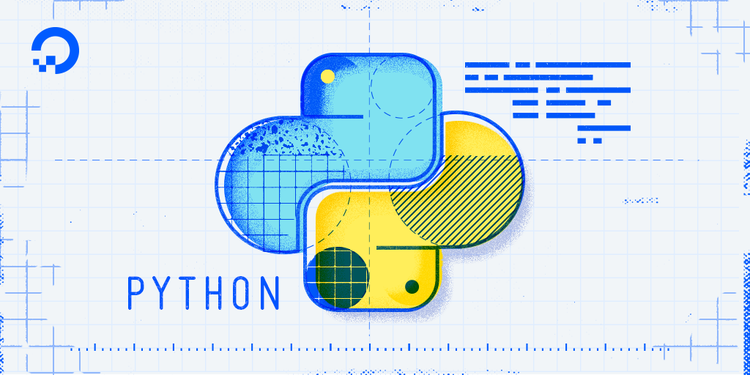- Log in to:
- Community
- DigitalOcean
- Sign up for:
- Community
- DigitalOcean
How To Code in Python

Introduction
Python is a flexible and versatile programming language that can be leveraged for many use cases, with strengths in scripting, automation, data analysis, machine learning, and back-end development. It is a great tool for both new learners and experienced developers alike.
Prerequisites
You should have Python 3 installed and a programming environment set up on your computer or server. If you don’t have a programming environment set up, you can refer to the installation and setup guides for a local programming environment or for a programming environment on your server appropriate for your operating system (Ubuntu, CentOS, Debian, etc.)
Tutorials in series
How To Write Your First Python 3 Program
- September 14, 2016
- 3 min read
How To Work with the Python Interactive Console
- June 21, 2017
- 6 min read
How To Write Comments in Python 3
- March 3, 2017
- 6 min read
How To Write Doctests in Python
- February 6, 2021
- 12 min read
Understanding Data Types in Python 3
- September 14, 2016
- 7 min read
An Introduction to Working with Strings in Python 3
- September 15, 2016
- 4 min read
How To Format Text in Python 3
- September 15, 2016
- 5 min read
An Introduction to String Functions in Python 3
- September 21, 2016
- 5 min read
How To Index and Slice Strings in Python
- September 28, 2016
- 25 min read
Become a contributor for community
Get paid to write technical tutorials and select a tech-focused charity to receive a matching donation.
DigitalOcean Documentation
Full documentation for every DigitalOcean product.
Resources for startups and SMBs
The Wave has everything you need to know about building a business, from raising funding to marketing your product.
Get our newsletter
Stay up to date by signing up for DigitalOcean’s Infrastructure as a Newsletter.
New accounts only. By submitting your email you agree to our Privacy Policy
The developer cloud
Scale up as you grow — whether you're running one virtual machine or ten thousand.
Get started for free
Sign up and get $200 in credit for your first 60 days with DigitalOcean.*
*This promotional offer applies to new accounts only.